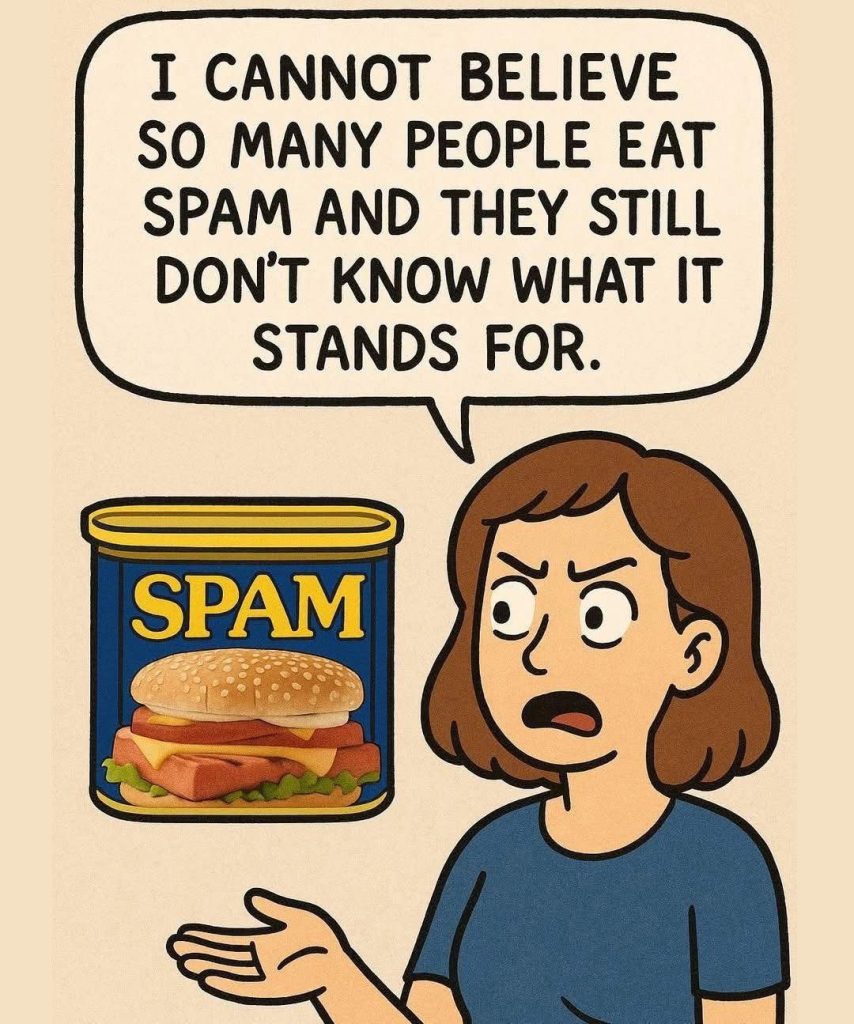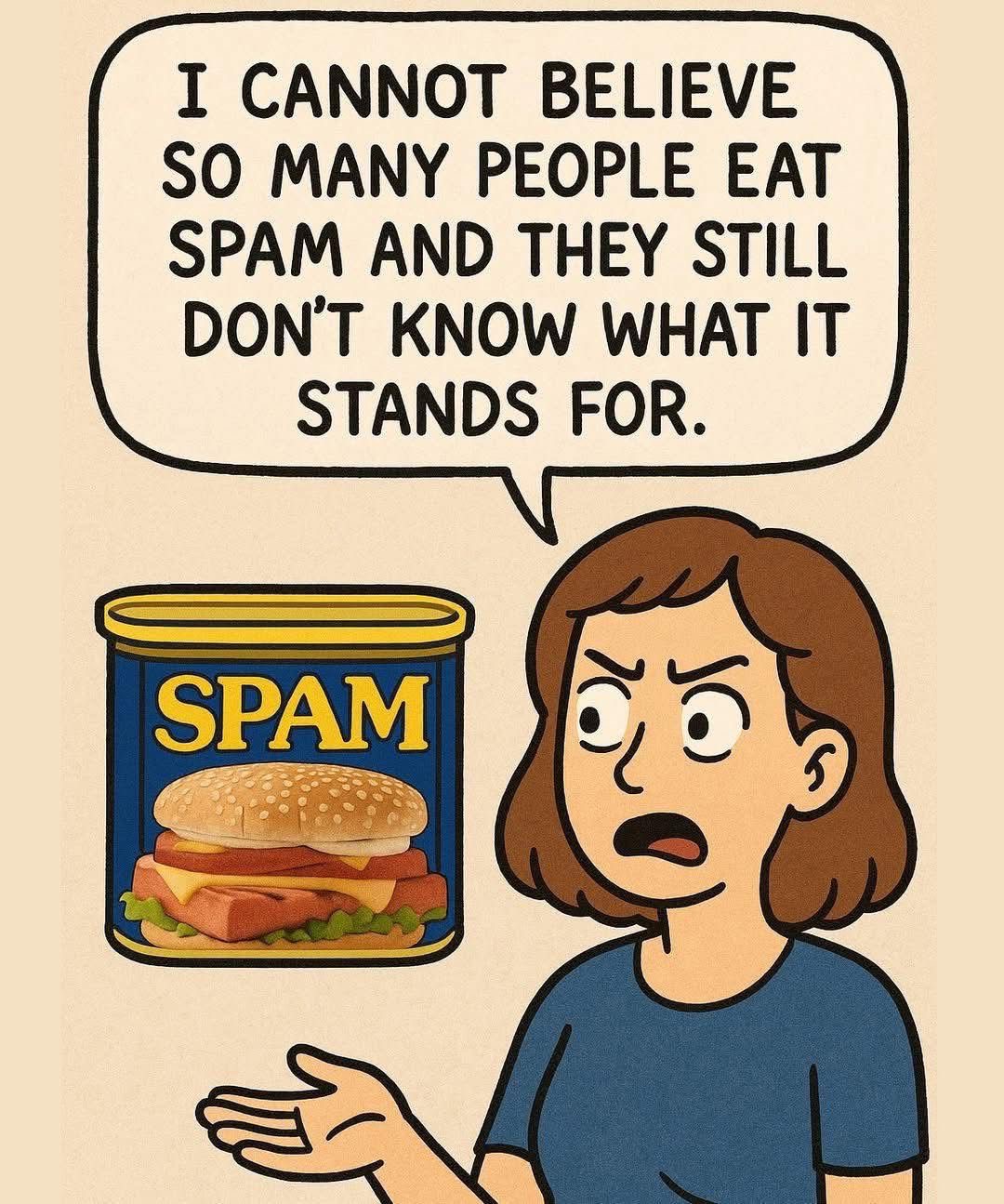And What Is It Made Of Anyway

How to Find Out What Everyday Things Are Made Of – Step by Step
Have you ever picked up something—maybe a plastic-looking spoon, a glossy phone case, or a sparkly necklace—and thought, “And what is this made of, anyway?”
It’s a simple question, but answering it opens the door to understanding quality, safety, sustainability, and value in the things we use every day. From the clothes you wear to the packaging on your groceries, knowing the materials behind everyday items is a surprisingly powerful skill in the modern world.
Let’s dive into how to figure out what something is made of—step by step.
Why It Matters to Know What Something Is Made Of
Before we get to the how, here’s why you should care:
Health & Safety: Is the material food-safe, hypoallergenic, or potentially toxic?
Sustainability: Can it be recycled, reused, or composted?
Durability & Quality: Will it last a long time, or fall apart quickly?
Cost & Value: Are you paying for solid metal or a cleverly disguised plastic?
Ethics: Was it made using eco-friendly, cruelty-free, or responsibly sourced materials?
Understanding materials helps you become a smarter consumer, more responsible citizen, and even a more curious creator
Step-by-Step Guide: How to Figure Out What Something Is Made Of
Step 1: Examine the Object Visually
Your eyes are your first tool. Start by simply looking closely at the item:
Color – Is it naturally colored or dyed? Are there variations or uniformity?
Texture – Is it rough, smooth, shiny, grainy, matte?
Edges & Finishing – Are the edges sharp, rounded, or molded?
Visual clues to look for:
Material Visual Clue
Plastic Seam lines, glossy finish, molded shapes
Metal Brushed or polished finish, consistent shine
Wood Grain patterns, occasional imperfections
Fabric Threads, weave pattern, fibers
Glass Smooth, cold, often has bubbles or clarity
Leather Pores, irregular texture, matte sheen
Step 2: Feel the Material
Touch it. Our hands are great sensors of temperature, weight, texture, and resistance.
Ask yourself:
Is it heavy or light?
Cold or warm to the touch?
Hard, soft, flexible, or brittle?
Examples:
A plastic spoon feels warm, is lightweight, and may flex slightly.
A metal spoon is heavier, cold to the touch, and doesn’t bend easily.
Glass feels smooth and cool, and has a solid weight.
Fabric can be stretchy, soft, coarse, or tightly woven depending on the fiber.
Step 3: Use Your Nose (Yes, Really)
Some materials have distinct smells, especially when new or warmed.
Rubber has a sharp, industrial scent.
Leather smells rich and organic.
Plastic might smell artificial, especially if warmed by sunlight.
Wood can have a pleasant, earthy scent (especially cedar or pine).
Tip: Be cautious—don’t sniff unknown items too closely if they could be chemically treated.
Step 4: Check for Labels, Codes, or Symbols
Many manufactured items are labeled for safety or recycling purposes. Look for:
Textile labels: Cotton, polyester, viscose, etc.
Plastic codes (usually inside a triangle):
1 PET (bottles),
5 PP (containers),
7 Other (often mixed or non-recyclable plastics)
Jewelry stamps: “925” for sterling silver, “14K” for gold
Recycling symbols or safety marks like “BPA-free,” “FDA approved,” “CE,” or “RoHS”
Packaging materials often have codes or recycling numbers—don’t overlook the fine print.
Step 5: The Advanced Test (Optional): The Burn Test
WARNING: Only do this in a controlled, safe environment, and NEVER with unknown chemicals or inside your home.
How it works:
Burning a tiny piece of a material (like fabric or thread) can reveal clues:
Material Burn Smell Residue
Cotton Smells like paper Light ash
Polyester Chemical/plastic odor Hard bead
Nylon Celery-like smell Hard bead
Wool Burning hair Ash that crumbles
This is often used in textile identification, but again—use with caution.
Bonus Tip: Use Technology!
Apps and online tools can help too:
Material identification apps (like Google Lens) can identify fabric types, metals, or general objects.
Recycling databases can help you decode plastic symbols.
Manufacturer websites often list material specs for products.
If you’re really curious, tools like XRF analyzers (used in science labs or high-
Final Thoughts: The Curiosity Behind the Question
The next time you’re holding something in your hand and wondering, “What is this made of?”, don’t just shrug and guess. Use your senses. Be a detective. Ask questions.
Because once you start paying attention to the what, you’ll naturally start asking about the how, why, and where too. And that’s where the real journey begins — into sustainability, ethics, design, history, and craftsmanship.
What’s the weirdest object you’ve ever tried to identify?
Drop your story or questions in the comments below — and don’t forget to share this article with your most curious friends
